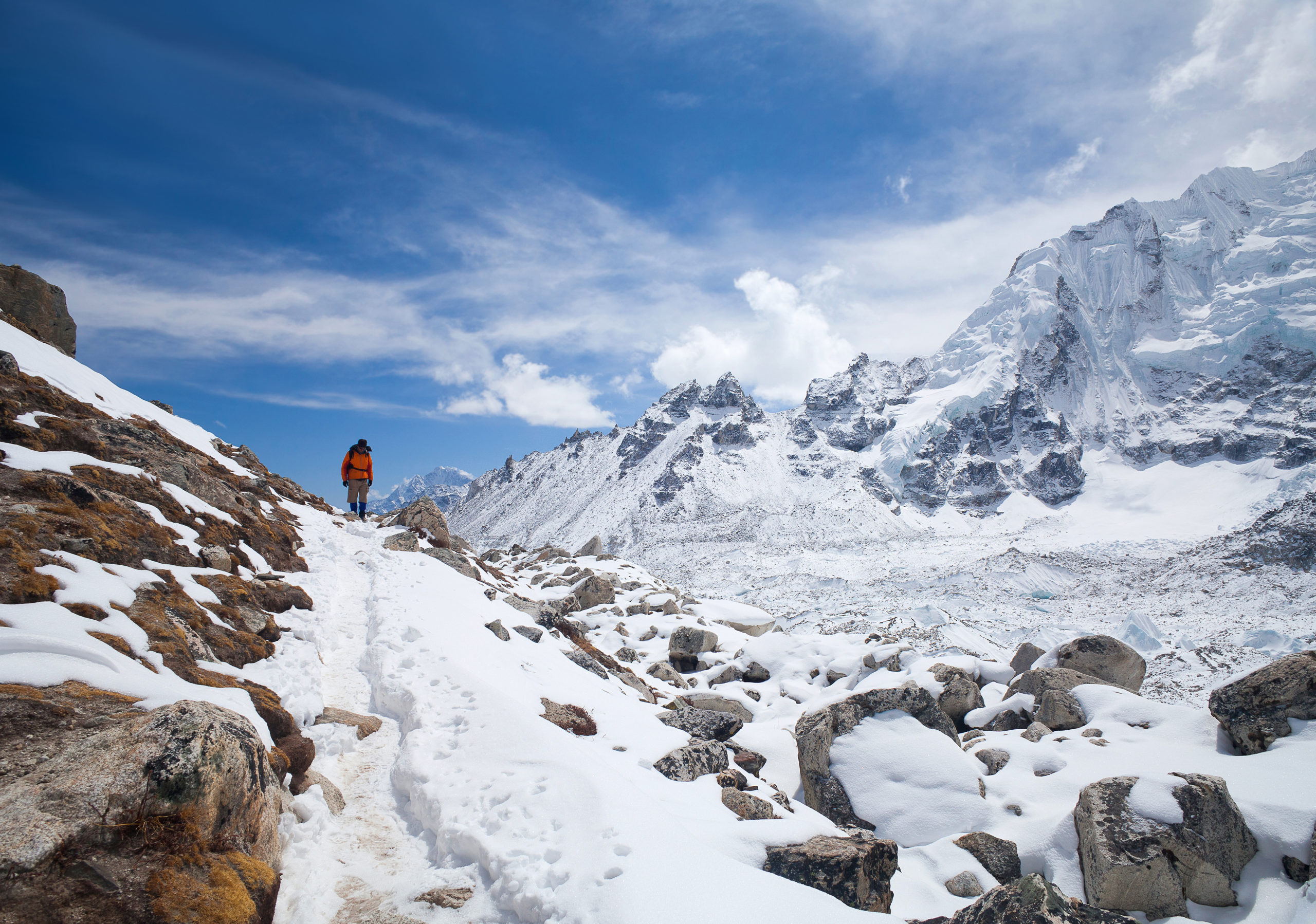When embarking on an adventure as iconic as the trek to Namche Bazaar, it’s vital to understand not just the mesmerizing landscapes and rich Sherpa culture, but also the pivotal role altitude plays in this journey. Located at an impressive elevation of approximately 3,440 meters (11,286 feet), Namche Bazaar is often referred to as the gateway to the Everest region. Acclimatization is not just a suggestion; it’s a necessity. Understanding how to adjust to the altitude can make the difference between an exhilarating experience and the daunting specter of altitude sickness. Let’s delve into how to acclimate like a pro.
Understanding Altitude and Acclimatization
At high elevations, the air pressure decreases, resulting in lower amounts of available oxygen. As you ascend, your body begins to respond to this change—a process known as acclimatization. This adaptation involves various physiological changes, including increased breathing rate and elevated red blood cell production. However, this transition can be tricky; not everyone adapts in the same way, and factors such as age, fitness level, and previous altitude experiences can affect acclimatization.
The Symptoms of Altitude Sickness
Before you embark on your trek, it’s essential to familiarize yourself with the symptoms of altitude sickness. They can range from mild to severe, affecting your overall comfort and safety. Common symptoms include:
- Headache
- Nausea and vomiting
- Fatigue
- Dizziness or light-headedness
- Difficulty sleeping
If these symptoms arise, it’s crucial to heed your body’s signals. Descending to a lower altitude can alleviate these discomforts almost immediately. Understanding this can empower you to make informed decisions during your trek.
Effective Acclimatization Strategies
Acclimatization is not a one-size-fits-all formula; rather, it involves a series of strategies you can adopt to enhance your body’s ability to adapt. Here are several paramount practices:
1. Gradual Ascent
Staying in Namche Bazaar for a few extra days can significantly enhance your acclimatization process. After trekking to this vibrant village, consider taking shorter hikes up towards Everest Viewpoint, which sits at a higher elevation without the commitment of a long ascent. This approach fosters acclimatization while also allowing you to indulge in the breathtaking Himalayan scenery.
2. Stay Hydrated
Hydration is your ally. Drinking plenty of water helps your body process oxygen effectively. Aim for 3 to 4 liters a day, or more if you are highly active. You may need to adjust your intake based on the surrounding climate and your exertion levels.
3. Balanced Nutrition
Awell-rounded diet is crucial. Consume a mix of carbohydrates, proteins, and fats to fuel your body for the demanding conditions. Foods rich in iron, such as leafy greens, nuts, and red meat, are particularly beneficial, as they facilitate the production of hemoglobin, which transports oxygen in the bloodstream.
4. Alcohol and Caffeine in Moderation
While you may be tempted to enjoy a few celebratory drinks after a long day of trekking, moderation is key. Both alcohol and caffeine can lead to dehydration, which can hinder your acclimatization. Savoring these in moderation is advisable when the focus is on your health and performance.
5. Listen to Your Body
Your body is your best guide. Pay attention to how you feel. If you’re experiencing any symptoms of altitude sickness, don’t push through. It’s essential to prioritize your health and well-being over the desire to reach your destination quickly.
Discovering Namche Bazaar
While acclimatization is pivotal, your time in Namche Bazaar offers various opportunities for exploration and cultural immersion. This bustling town is the administrative hub of the Khumbu region, characterized by its colorful markets, cozy tea houses, and stunning views of two towering peaks: Ama Dablam and Thamserku. Taking the time to explore the local culture—by visiting the Sherpa Museum, indulging in culinary delights, or engaging in conversations with local guides—enriches your trekking experience immensely.
Contingency Planning: What to Do If Altitude Sickness Strikes
Despite the best precautions, altitude sickness can occur. If symptoms develop, the first course of action should be to descend to a lower altitude. In extreme cases, where symptoms worsen, seeking immediate medical attention is necessary. Carrying a pulse oximeter to monitor your oxygen saturation can provide valuable insight into your condition, as can keeping a close watch on your heart rate during your treks.
Conclusion: Be Prepared, Stay Informed
In conclusion, acclimatization to the heights of Namche Bazaar is an art form as much as it is a science. Each trekker’s journey is unique, marked by personal challenges and triumphs. By understanding the principles of acclimatization, staying well-hydrated, and listening closely to your body’s signals, you can maximize your chances of a safe and enjoyable expedition. Coupled with the stunning vistas and rich culture awaiting you in Namche Bazaar, the mountains are not just a destination but a transformative experience waiting to unfold.
